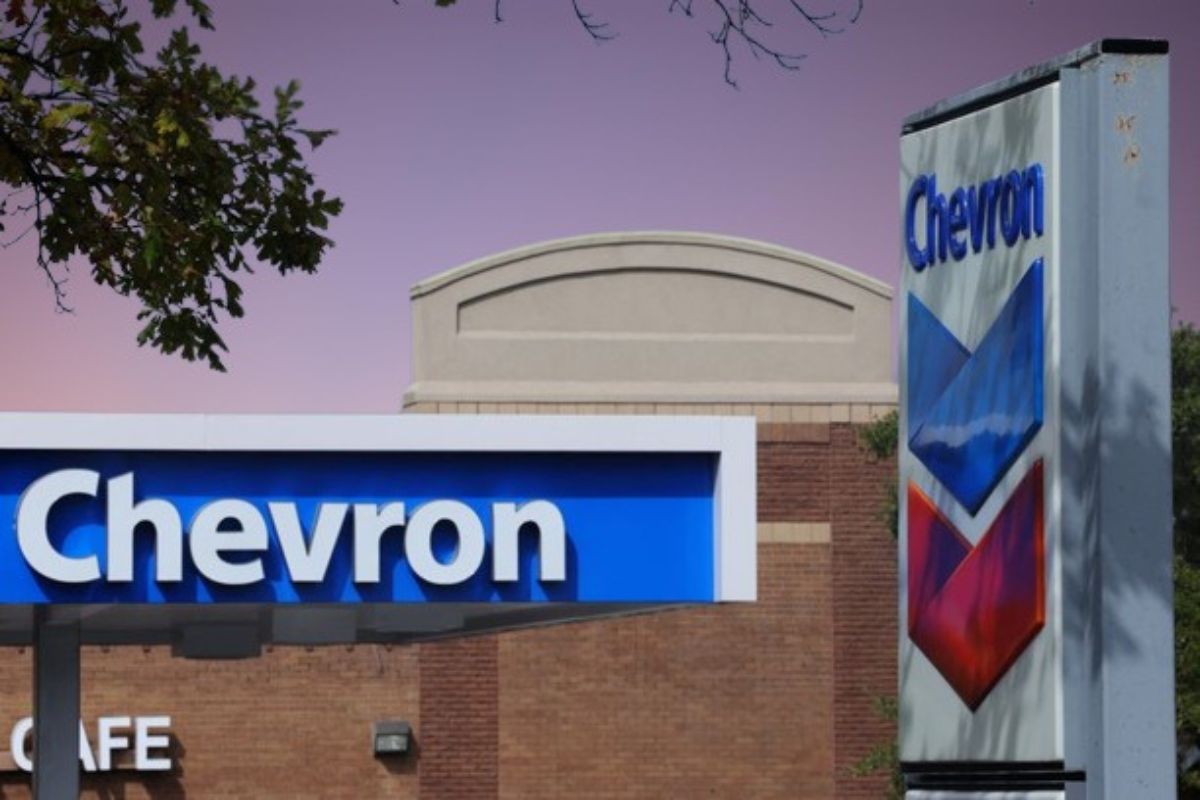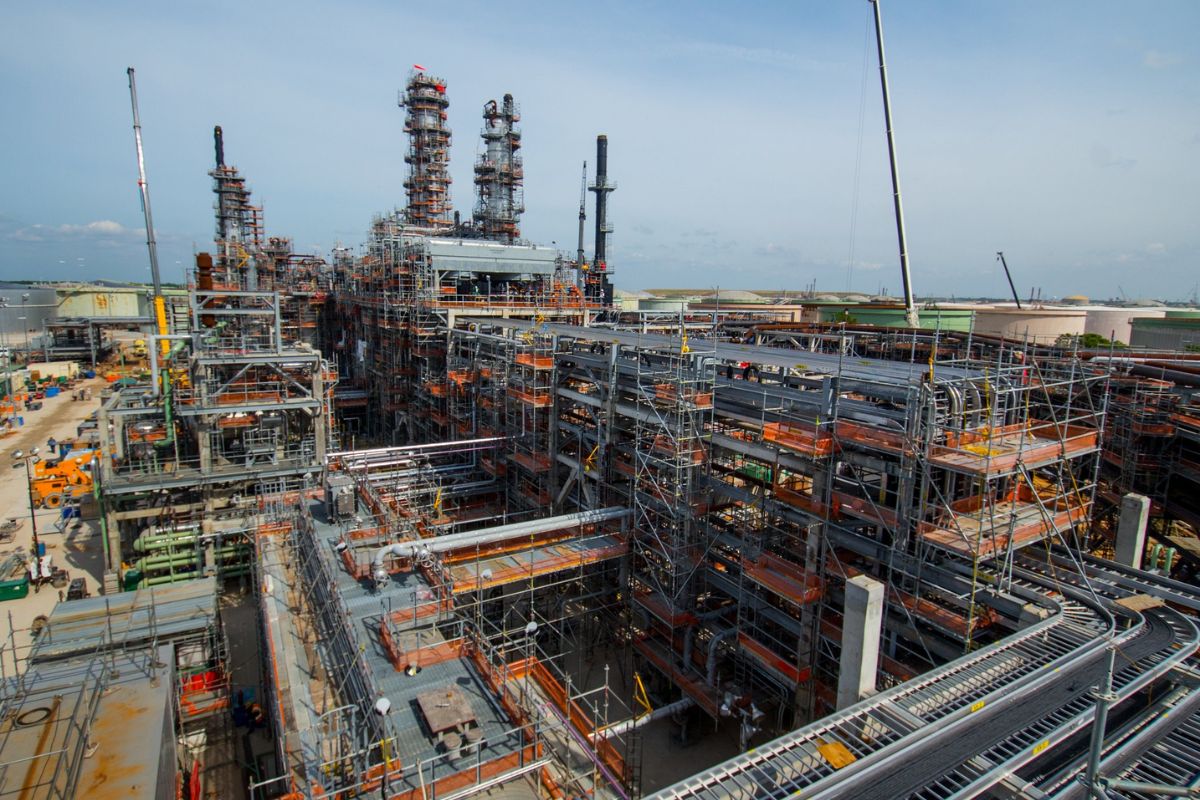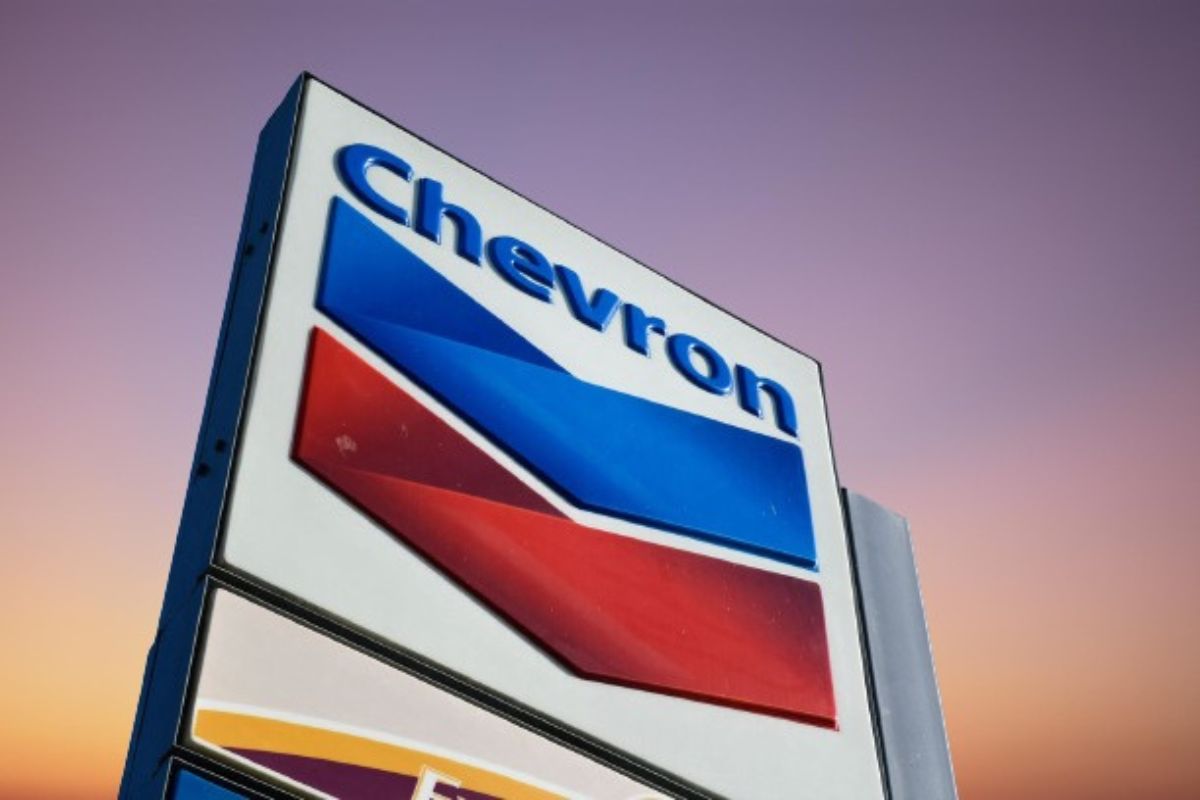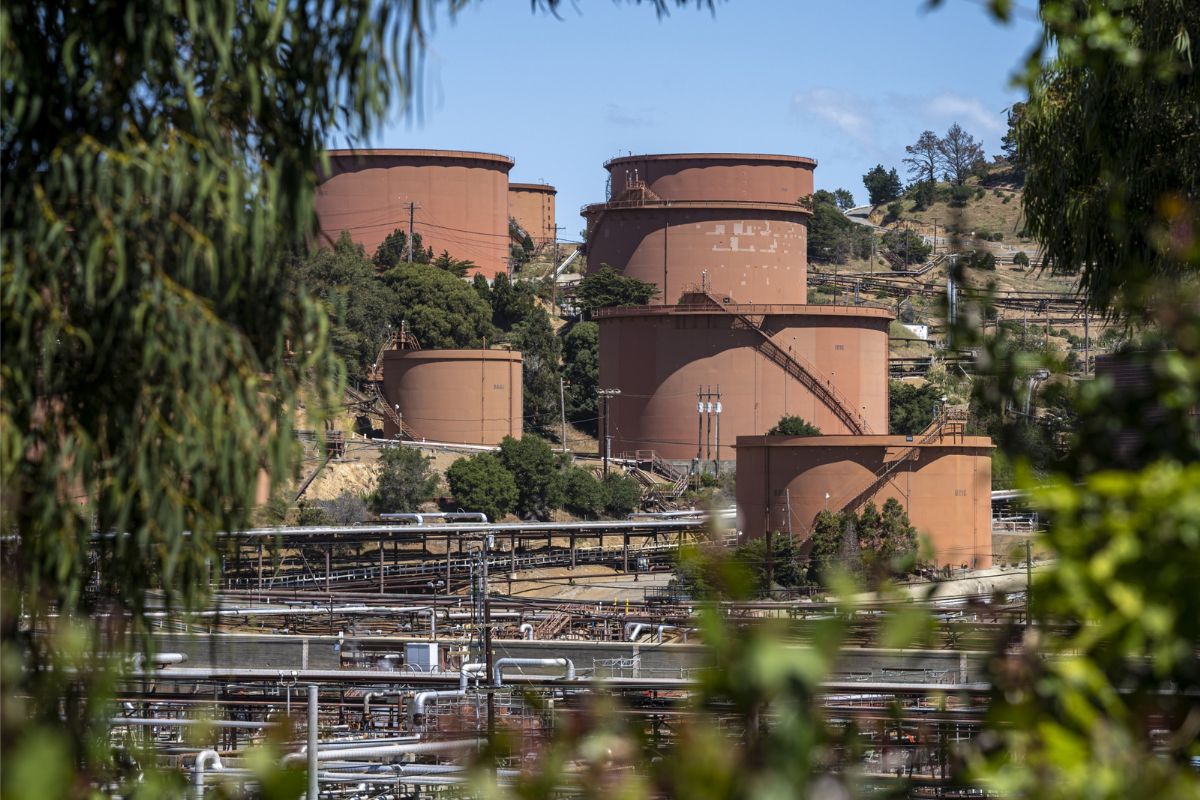Chevron’s 2023 Profits Fall: Chevron, one of the largest oil and gas companies in the world, recently released its 2023 financial report, revealing a significant decline in profits amid charges and margin challenges.
As the industry landscape continues to evolve, Chevron’s bottom line has been impacted by a combination of factors, including production setbacks, environmental costs, regulatory pressures, and cash flow challenges.
With the oil and gas sector facing numerous headwinds, Chevron’s ability to navigate these obstacles and sustain profitability becomes a critical concern.
However, amidst these challenges, the company’s strategic moves and acquisitions to expand its oil production offer a glimmer of hope.
Will Chevron be able to overcome these hurdles and regain its financial footing? Only time will tell.
Key Takeaways
- Chevron’s profit for 2023 declined by nearly 40%, primarily due to challenges and charges in oil production and refining activities.
- The oil and gas industry as a whole faces obstacles such as fluctuating oil prices, geopolitical tensions, and a growing emphasis on renewable energy sources.
- Chevron experienced setbacks in the form of lower oil and gas prices, foreign currency impacts, and significant one-time charges, despite growth in production volumes.
- Higher environmental costs and mounting regulatory pressures, including stricter methane emission regulations and increased taxes, have negatively impacted Chevron’s profitability.
Profit Decline and Industry Challenges: Chevron’s 2023 Financial Report
Chevron Corporation’s 2023 financial report reveals a significant decline in profit, highlighting the formidable challenges faced by the oil and gas industry. With a staggering drop of nearly 40%, Chevron’s profit for the year amounted to $21.3 billion.
Also Read: Chevron’s Q4 Financial Strain: Navigating a $4 Billion Impairment Hit
This decline can be attributed to the challenges and charges in the oil production and refining activities. The industry as a whole has been grappling with numerous obstacles, such as fluctuating oil prices, geopolitical tensions, and a growing emphasis on renewable energy sources.
Chevron’s financial report serves as a stark reminder of the volatility and uncertainty that pervades the sector. However, amidst these challenges, Chevron remains steadfast and confident in its future prospects, as evidenced by the company’s announcement of an 8% increase in dividends, returning a record $26.3 billion to shareholders through dividends and buybacks.
This move demonstrates Chevron’s commitment to maintaining shareholder value and navigating the turbulent waters of the industry with resilience and determination.
Production Growth and Setbacks: Chevron’s Oil and Gas Sector Dynamics
Amidst the challenges faced by the oil and gas industry, Chevron’s production growth in the oil and gas sector has been accompanied by notable setbacks. While the company experienced growth in oil and gas production, driven by shale advancements and strategic acquisitions, it faced setbacks that hindered its progress.
Here are three key setbacks in Chevron’s oil and gas sector dynamics:
- Lower prices: Despite increased production volumes, Chevron faced the challenge of lower oil and gas prices, which impacted its profitability.
- Foreign currency impacts: The company also had to navigate the effects of foreign currency fluctuations, which further affected its financial performance.
- One-time charges: In addition, Chevron incurred significant one-time charges, which further added to its setbacks in the oil and gas sector.
These setbacks highlight the complex and volatile nature of the industry, where even with production growth, external factors can hinder a company’s progress. Chevron must navigate these challenges to ensure sustainable growth and profitability in the future.
Environmental Costs and Regulatory Pressures: Industry Trends Impact Chevron
As the oil and gas industry grapples with higher environmental costs and mounting regulatory pressures, Chevron finds itself at the forefront of these industry trends. Governments around the world are imposing stricter regulations on methane emissions and increasing taxes on energy companies.
This has led to significant challenges for Chevron, as evidenced by their recent fourth-quarter writedowns. In fact, Chevron’s struggles are not unique, as other major counterparts like Exxon Mobil and Shell have also faced similar setbacks. The table below highlights the impact of these environmental costs and regulatory pressures on Chevron and its competitors:
| Company | Environmental Costs | Regulatory Pressures | Effect on Profits |
|---|---|---|---|
| Chevron | Increased | Mounting | Declining |
| Exxon Mobil | Higher | Growing | Decreasing |
| Shell | Elevated | Intensifying | Slumping |
These industry trends not only affect the financial performance of these companies but also have broader implications for the sustainability and future of the oil and gas sector. It is crucial for Chevron and its competitors to adapt to these challenges and invest in cleaner energy solutions to ensure long-term success.
Cash Flow Challenges and Efficiency Metrics: Chevron’s Financial Metrics
The financial challenges faced by Chevron are further exacerbated by the company’s cash flow struggles and declining efficiency metrics.
As the company grapples with lower commodity prices and reduced margins on refined product sales, its cash flow from operations has taken a hit. This not only affects Chevron’s ability to invest in future projects but also impacts its overall financial stability.
Additionally, the drop in the return on capital employed reflects a decline in the company’s efficiency in utilizing its investments. These financial metrics highlight the broader challenges and market dynamics that are impacting Chevron’s operational and investment efficiency.
It is crucial for the company to address these cash flow challenges and improve its efficiency metrics to ensure long-term sustainability and success.
Strategic Moves and Acquisitions: Chevron’s Pursuit of Oil Production Expansion
Chevron’s strategic moves and acquisitions have been instrumental in its pursuit of expanding oil production and reserves. The company’s $53 billion offer to acquire Hess Corp has opened up opportunities in Guyana’s offshore fields, providing Chevron with access to valuable reserves.
Additionally, the completed deal for PDC Energy has bolstered Chevron’s production capabilities in the United States. These acquisitions demonstrate Chevron’s commitment to expanding its operations and securing future sources of oil.
However, challenges have arisen, including production delays and maintenance needs at a major oil expansion project in Kazakhstan. Despite these setbacks, Chevron’s strategic acquisitions reflect a proactive approach to ensuring long-term growth and profitability.
The company’s willingness to invest in new ventures and expand its reach in key regions highlights its determination to remain a dominant player in the oil industry.
Conclusion Of Chevron’s 2023 Profits Fall
Chevron’s 2023 financial report reveals a decline in profits due to charges and margin challenges. The oil and gas industry as a whole is facing setbacks and production growth hurdles. Moreover, environmental costs and regulatory pressures are impacting Chevron and the industry at large.
Cash flow challenges and efficiency metrics are also posing difficulties for the company. Despite these challenges, Chevron is actively pursuing strategic moves and acquisitions to expand its oil production.




